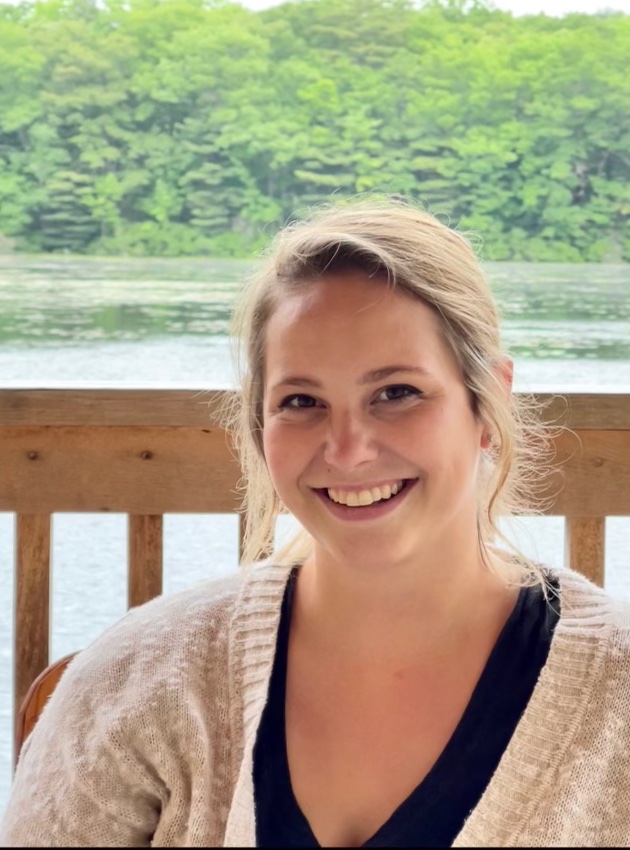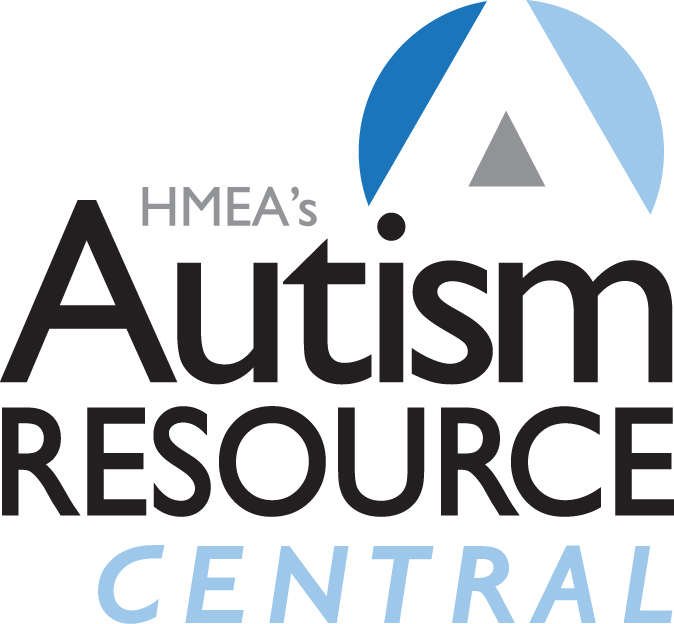
HMEA Program: Children’s Services
Job Title: Regional Director
Number of Years in Current Role:
Less than one year
Number of Years with HMEA:
Two years
Meet Lindsay Braith! Lindsay works for our children’s ABA services team in Worcester, MA. Lindsay joined us in February 2020 after receiving her BCBA (board-certified behavior analyst) certification, and she was recently promoted to a regional director position. We spoke with Lindsay to learn more about her journey at HMEA.
What was your career like before working at HMEA?
Before HMEA, I worked at the New England Center for Children for two years. That period was my introduction to the Autism field and working with children.
How did you get started at HMEA?
I had a whirlwind experience getting started at HMEA! It began at the end of 2019 when I became a BCBA and was looking for a supervisory position. I interviewed at HMEA in January 2020, and they hired me at the end of the month. I began working with clients at the end of February, but by the middle of March, I was under quarantine due to COVID. My introduction to HMEA was short, and I had to decide whether I would stick with this company or pivot.
Ultimately, our department transitioned to providing telehealth services, which was uncharted territory. We were all learning with each other how we were going to make it work. We couldn’t resume in-home services until the summer of 2020.
Describe a typical day in your role.
One of the things I love about this job is that there’s often no typical day. Having said that – every day, I wake up in the morning and check my schedule to make sure everything I had planned for the day is still going to happen. Then, I hit the ground running!
I usually start early in the morning and make my way to a client’s house. On a given day, I might see upwards of 3-4 children, working with them for about 1-3 hours. There are other days where I do a lot of case management, which might look like creating program materials, reviewing data, and ensuring the children are progressing in their programs.
I’d say 80-90% of my time is spent out in the field working with clients. When I’m not doing direct client work or case management, I’m usually consulting with parents, school systems, or outside providers, trying to manage behavior support plans for some of my clients.
What’s your favorite part about your role?
There are a lot of different answers, but I think for me, it goes back to the rewards. I always tell people that I have the most rewarding job in the world. I get to be a part of these children’s lives during such a critical period.
On the flip side, this job keeps me on my toes, and I think that’s something I enjoy, too. There’s never a dull moment when you’re working with kids. Sometimes I’m laughing, and other times I’m anxious, but I’m always learning as much as I am teaching.
What are you most proud of during your time at HMEA?
I’m most proud of the relationships I’ve built with families. When I visit their homes, they’ve often just received a diagnosis, and I’m their first introduction to the world of Autism. They’re thinking, “What is Autism? What will this mean for my child, my life?” I’m proud of being able to help families navigate these waters. Even though I’m not a parent myself, I can show them that things will be OK and that we’re here to support their child.
One client that sticks out is a young boy who was my first client. I’ve been with him for over two years, and when I started working with him, he was nonverbal and having a challenging time. Today, he never stops talking! He’s someone who will stick with me for a long time.
What has HMEA done to support your development?
As a board-certified behavior analyst, you have to maintain CEUs (continuing education units). HMEA provides us with monthly opportunities for us to earn CEUs. For example, we might review a journal article and discuss how it relates to our clients and how we can apply the literature to these cases.
The other way HMEA supports us is through mentorship. In my experience, certain people stood out by taking me under their wing and allowing me to observe what they experienced.
Most importantly, I always know that if I have an issue or question, someone’s only a phone call away to help me work through it. As a regional director, I have a whole team of BCBAs who I can call and collaborate with.
When I started as a behavior analyst, it felt like a “sink or swim” situation with the ongoing pandemic and transition to telehealth. HMEA showed me that I could swim. It might take some time and effort, but they aren’t going to let you sink.
What advice do you have for those who want to work with individuals with disabilities?
I think many people’s first reaction is intimidation when working with someone who presents as cognitively or physically different. It’s something that’s outside the norm for them. Let that intimidation fall to the wayside. Take every opportunity as a learning AND a teaching experience. I learn more from the children I work with than I teach them.
When working with individuals with disabilities, don’t go into a situation thinking about what you’re going to do for this person, but think about how you can benefit from working with them. I used to go into each session with my tail tucked in, thinking, “What’s going to happen? What’s this session going to be like?” When you stop that mentality and start thinking, “What can happen today? What can we achieve today? What obstacles can we overcome?” Those anxieties and fears fall by the wayside.



